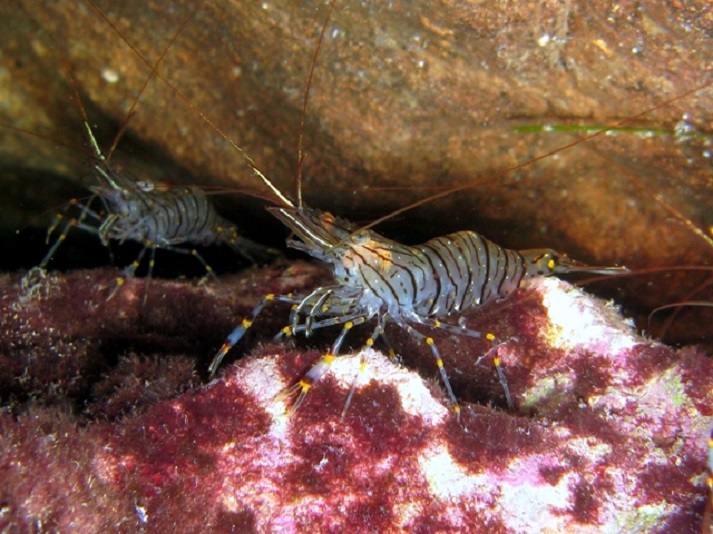Contributor: Samantha Penna. Lesson ID: 11438
Ready to soak up some information about sponges? Not the ones that live in plastic wrap in the store; real sponges! Watch what they do, and create your own information poster about these odd animals!

Did you know a sponge is a living thing?

Image by Twilight Zone Expedition Team 2007, NOAA-OE, via Wikimedia Commons, is licensed under the CC BY 2.0 license.
Have you ever cleaned dishes, sponge painted, or used a sponge to wipe down kitchen counters?
The sponge below is the usual sponge that you might see in your kitchen, but did you know sponges are living creatures? Don't worry, though! Your kitchen sponge and sponges you can buy at the stores were never living things!

Sponges can be found in the salty ocean or in freshwater lakes. What do you notice about the texture and physical appearance of the sponge pictured below? Tell a parent or teacher what you see.
Did you notice the sponge looks rough and bumpy? Did you notice the pores on the sponge? Fantastic! Look at the artificial sponge above and the real sponge below. Discuss the similarities and differences between the two sponges with your parent or teacher.
-11438.jpg)
Image by Nick Hobgood, via Wikimedia Commons, is licensed under the CC BY-SA 3.0 license.
Sponges have pores. Pores are little holes that allow water to move in and out of the sponge. Sponges need to move water throughout their bodies to survive. This is how sponges eat! They are filter feeders. They suck up the water around them, then they filter out any nutrients or organisms they don't want to eat.
Did you know a sponge's cells are very different from most animal cells? Sponge cells all have special jobs. For example, the cells in a sponge will shrink and expand the sponge's pores to help the sponge filter water. The water that filters through the sponge provides it with food and oxygen while also removing waste.
-11438.jpg)
Image by Nick Hobgood, via Wikimedia Commons, is licensed under the CC BY-SA 3.0 license.
Sponges are animals, even though they may not look like it! Each and every sponge is shaped differently. Sponges grow in a way that allows all the water to filter through the central cavity. The central cavity is where all the nutrients are deposited.

Image by Ed Bierman, via Wikimedia Commons, is licensed under the CC BY 2.0 license.
All sponges are filter feeders. They filter water through their pores. They take the nutrients, plankton, and other creatures in their pores and consume them. They filter the water and waste out. When a sponge can't get the nutrients it needs from the water, it will sometimes eat small crustaceans. Some examples of small crustaceans are crabs and shrimp.

Image by Roberto Pillon, via Wikimedia Commons, was released into the public domain.
Sponges reproduce by releasing sperm cells into the water. This fertilizes the eggs of other sponges. The eggs turn into larvae. The larvae swim to a new location, settle down, then grow into a sponge! Some sponges are grown through regeneration. If a piece of a sponge breaks off, sometimes that piece regenerates itself and grows into a whole new sponge!

Image by Steve Rupp, National Science Foundation, via Wikimedia Commons, is in the public domain.
Before moving on to the next section, write down three facts you learned about sponges. Share these facts with a parent or teacher.